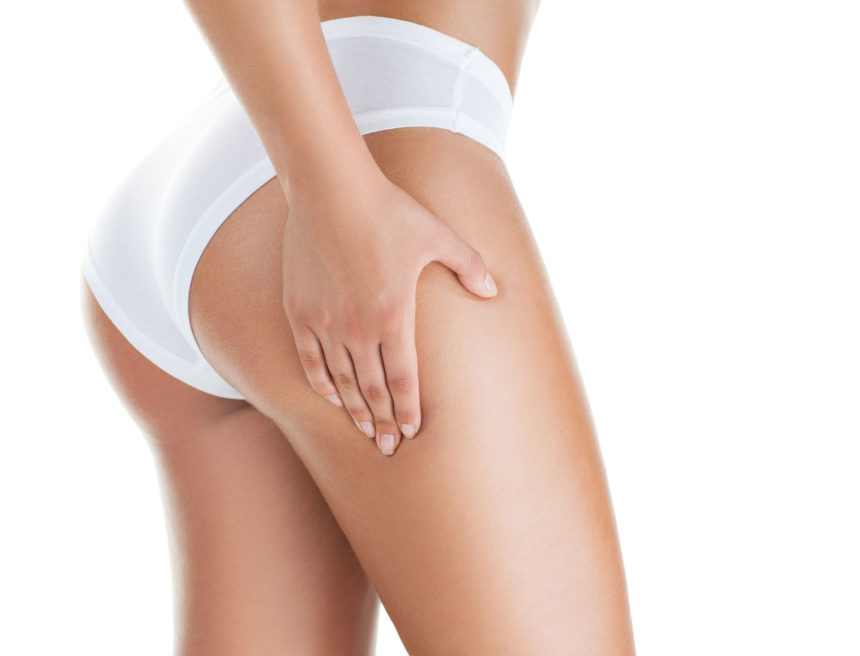Fibrous septae are among the causes of the “visibility” of cellulite.
They are a thickening of the fibrous tissue and are considered an integral part of the structure of cellulite.
Among the most innovative theories on cellulite, which remains a controversial subject in many ways, is that of the structure of cellulite. Constant research on cellulite always leads to innovation and, above all, can provide increasingly long-lasting treatments without the use of a scalpel.
Fibrous septae and the structure of cellulite
Cellulite affects the overwhelming majority of women, usually after puberty. Many believe that cellulite is a problem caused by fat and can be eliminated with diet and physical exercise.
What are fibrous septae?
Fibrous septae are thickenings due precisely to alteration of the structure of cellulite, especially in certain areas of the body. Fibrous septae are like narrow, rigid bands which, by pulling downwards, make the skin look like orange peel.
Why act on fibrous septae?
According to some experts, severing the fibrous septae allows the skin’s surface to smooth out; the result is a long-lasting improvement in the appearance of cellulite. The treatment, therefore, does not act on reducing volumes.
Fibrous septae and structural alteration
There are many more-or-less scientific theories that lead to different interpretations of the causes of formation of cellulite. One of these is that of structural alteration.
According to this theory, cellulite forms because there is also a structural problem under the skin.
What is an alteration in the structure of adipose tissue?
The anatomy of cellulite is now well-known thanks to magnetic resonance imaging and is the basis of research aimed at counteracting cellulite at the structural level.
There are 3 structural problems that cause cellulite:
- The fibrous septae thin and stiffen
- Fat increases in volume and is trapped and retained by the fibrous septae
- The skin thins and worsens the appearance of cellulite
This is why, more than fat, any effective cellulite treatment must tackle the structure of cellulite in order to achieve more long-lasting results.
Cellulite is none other than the result of:
- histological changes
- biochemical changes in the adipose tissue and dermis
- complex mechanisms
- increased number of adipocytes
- increase in the volume of adipose cells
- alterations of shape
- the decrease in adipose tissue
- cellular thickening
- neoformation of collagen fibers
- encapsulation of degenerated adipocytes
- formation of micronodules
- evolution into palpable, visible macronodules
- hardening of the connective fibrous septae
- stretching of the skin down towards the deep layers
- formation of craters which cause the typical “dimpled” appearance
Fibrous septum: the enemy
The most innovative treatments attack the structure of cellulite and therefore the fibrous septae, giving results that are:
- clinically tested
- more long-lasting
Fibrous septae: tissue stabilized guided subcision , the innovative treatment.
This FDA-approved and EC-certified treatment acts by severing the fibrous septae without surgery, thus improving the skin’s orange-peel appearance for a long time with minimal side effects.
It is an outpatient treatment, under local anaesthesia, lasting 45 minutes. Results can last up to 2 years, but you have to be aware that it is a treatment that only reduces the appearance of cellulite and has no lifting or reducing effect. It is essential to contact an expert doctor or plastic surgeon who works in accredited facilities.


